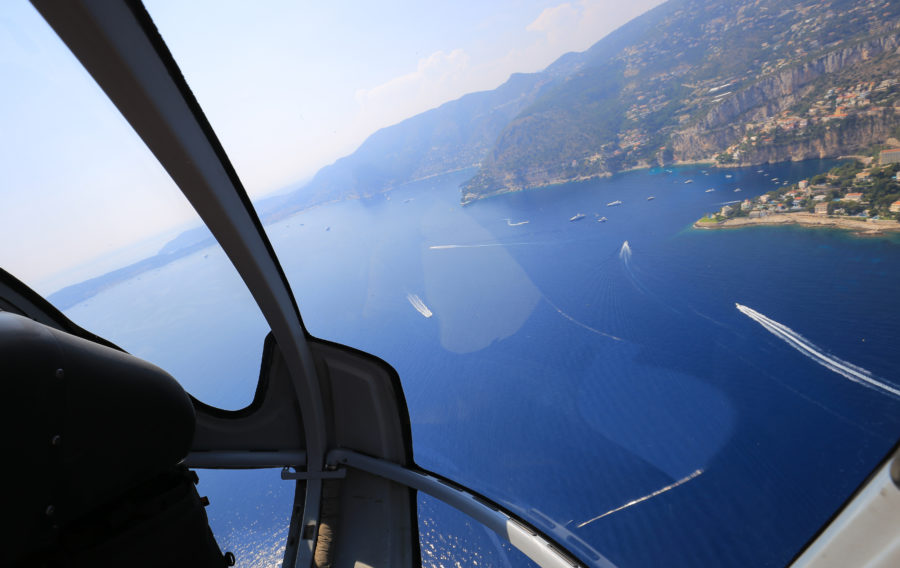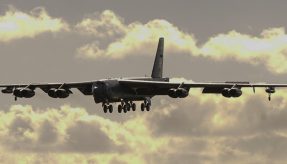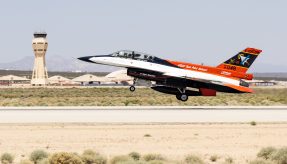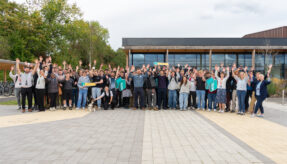
Project DaVinci saw US trainee pilots use virtual reality to enhance helicopter training for search and rescue missions.
The 23rd Flying Training squadron is aiming to improve helicopter training for pilots working on missions such as search and rescue and special operations. The project is part of the Rotary-wing Next project which aims to reduce the time needed to teach new pilots.
Helicopter class 20-02 were the first to use the virtual reality (VR) training and the first six students graduated this month, six weeks ahead of schedule. Instructors agreed that the VR training helped trainees when they first took control of an aircraft.
Lieutenant Colonel Jake Brittingham, 23rd FTS commander, said: “Our initial test reduced aircraft flying time approximately 35% by supplementing aircraft flights with VR, with the students still using legacy simulators for certain events. Students also gained 15 more hours of practice time using aircraft controls through the use of VR than our previous classes.”
“This is just the start. We are focused in on ensuring we continue to get even more efficient with our training, while at the same time maintaining the quality of our graduates the Air Force needs and expects.”
“The students in-processed here May 7 without knowing they would be a test case, and then had their first virtual reality flight on May 8. The challenge was our contract instructors were not ‘under contract’ to teach using virtual reality technology, so our active-duty instructors were conducting the daily VR lessons with the test class in flight fundamentals they don’t normally teach.”
Looking ahead to the next iteration of the project, the VR software is being updated to reflect the TH-1H primary trainer currently flown by the unit. The VR systems will be added to the normal SUPT-H syllabus, giving students more repetitions and the opportunity to reinforce and rehearse aircraft instruction.
If you would like to join our community and read more articles like this then please click here.
helicopter pilots Search and Rescue software US Air Force Virtual Training








